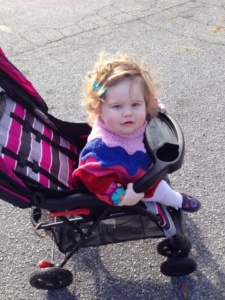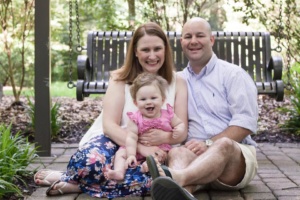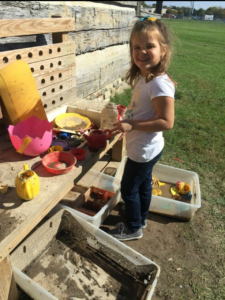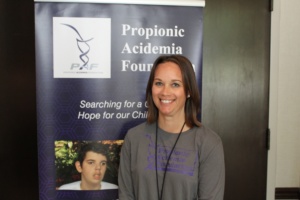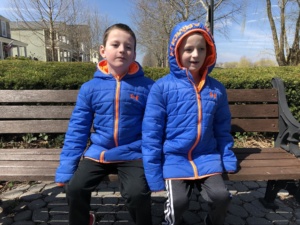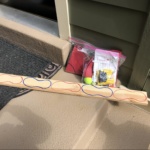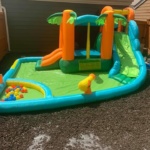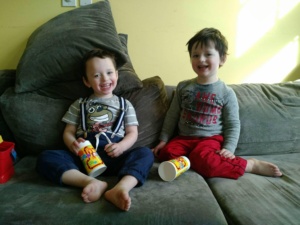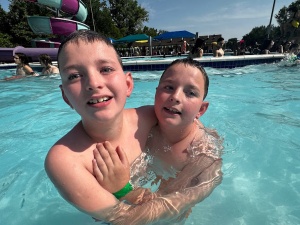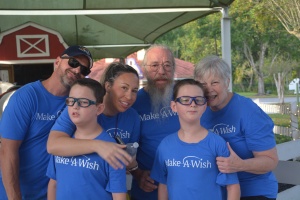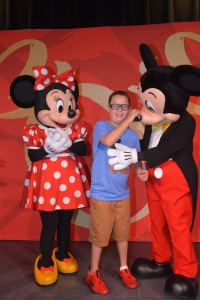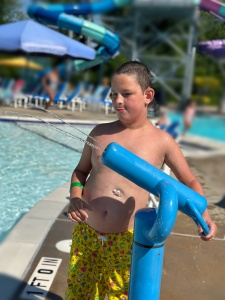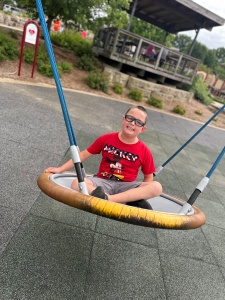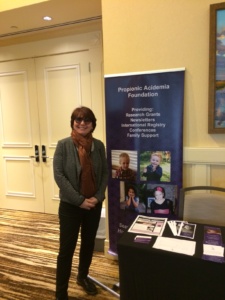 PAF出席,en 16TH,,en,雅培营养代谢会议,,en,进展管理遗传性代谢障碍,,en,通过玛莉莎·科特里纳,,co,PAF董事会成员,,en,概要,,en,雅培营养邀请丙酸血症基金会,,en,参加一年一度的营养代谢会今年三月在棕榈岛,,en,南卡罗来纳,,en,本次会议由国家和加拿大各地带来营养师一起讨论在遗传性代谢疾病的治疗的进展和面临的挑战,,en Abbott Nutrition Metabolic Conference
PAF出席,en 16TH,,en,雅培营养代谢会议,,en,进展管理遗传性代谢障碍,,en,通过玛莉莎·科特里纳,,co,PAF董事会成员,,en,概要,,en,雅培营养邀请丙酸血症基金会,,en,参加一年一度的营养代谢会今年三月在棕榈岛,,en,南卡罗来纳,,en,本次会议由国家和加拿大各地带来营养师一起讨论在遗传性代谢疾病的治疗的进展和面临的挑战,,en Abbott Nutrition Metabolic Conference
Advances in Management of Inherited Metabolic Disorders
March 23-25, 2017
By Marisa Cotrina, PAF board member
Summary
Abbott Nutrition invited Propionic Acidemia Foundation (PAF) to attend the annual nutrition metabolic conference this past March in the Isle of Palms, South Carolina. This conference brings together dietitians from around the country and Canada to discuss the advances and the challenges in the treatment of inherited metabolic disorders.
我有幸参加代表PAF的会议,由营养师社会如何组织是和举措,他们不断追逐加强对IMD的更好的膳食管理沟通的多样性非常深刻的印象,,en,这发生在会议中的演讲和讨论也证明了更统一和通用的治疗准则的必要性,,en,两个会谈的丙酸血症特别感兴趣的,,en,耐心,,en. 但, the talks and discussions that took place at the conference also evidenced the need for more uniform and universal treatment guidelines. Two talks were of particular interest for propionic acidemia (PA) patients. 营养师莱纳·胡里基呈现的是刚刚敲定为PA社会的新的证据为基础的营养指导,,en,几年前开始合作与一些全国最好的营养师和倡议在这些一系列的方针终于平移的是,,,en,将使PA的管理更加统一和有效的美国,,en,对于那些新的PA营养师,,en,洛伦·佩纳在一个非常明确和简洁的风格呈现的代谢基础理解和治疗PA,,en; an initiative that started several years ago in collaboration with some of the best dietitians in the country and that is finally panning out in these series of guidelines that, 希望, will make management of PA more uniform and effective in the USA.
For those dietitians new to PA, 博士. Loren Pena presented in a very clear and concise style the metabolic bases for understanding and treating PA. 我很感谢怎么看医生,,en,佩纳亲切主张对PA社区和突出的作用PAF和患者组织在支持新的研究计划,以推进PA疗法玩,,en,在这方面,,en,我希望从医生的优秀谈话,,en,梅拉妮Gilinghan如何在临床研究开始引发新的想法和兴趣的观众,以提高通过耐心指导临床试验的代谢管理和治疗,,en,在对其他疾病会谈,,en. Pena kindly advocated for the PA community and highlighted the role PAF and the patient organizations play in supporting new research initiatives to advance PA therapies. In this regard, I hope the excellent talk from Dr. Melanie Gilinghan on how to get started in clinical research sparked new ideas and interest in the audience to improve metabolic management and treatment through patient-directed clinical trials.
Among the talks for other disorders, 这是非常教育收听成年患者PKU的面板,,en,和需要的营养和心理辅导策略与代谢紊乱成人,,en,如何应对大学生活,,en,生儿育女,,en,脑雾打交道时,不调整饮食,,en,与您的合作伙伴和同事感到不舒服的时候......此外,在成年患者的舞台上进行有效沟通,,en,Kiaer,,lt,来自丹麦,,en,描述与晚期的诊断治疗PKU成人她的旅程,并讨论了如何,,en, and the need for nutrition and psychological counseling strategies for adults with metabolic disorders: how to deal with life in college, having children, dealing with brain fog when diet is not adjusted, communicating effectively with your partner and colleagues when feeling sick… Also in the arena of adult patients, 博士. Kiaer, from Denmark, described her journey on treating PKU adults with late diagnoses and discussed how, 即使是在有大量脑损伤成人的情况下,,,en,还有治疗,以改善在一定程度上脑功能和机会,,en,更重要的是,,en,生活质量,,en,肝移植,以及如何有效,它可以是在逆转和/或预防代谢受损的主题是在MSUD与营养师梅拉妮·里夫斯上下文中所讨论,,en, there is still opportunity for treatment to improve to some degree brain function and, more importantly, quality of life.
The topic of liver transplantation and how effective it may be in reversing and/or preventing metabolic damage was discussed in the context of MSUD with dietitian Melanie Reeves. 从这个说话的紧迫性,从该国所有的移植单位发布的肝移植更多的数据,让患者和医生可以对这种方法的代谢的长期管理风险和收益更明智的决定很明显障碍,,en,我也有了解代谢紊乱的治疗提供新的创新机会,,en,远程医疗与医生发展中国家,,en,汉斯·安德森,,sv,有营养师阿莱特·吉岑代谢饮食应用,,en.
I also had the opportunity to learn about new innovations in the treatment of metabolic disorders: Telemedicine in the developing world with Dr. Hans Andersson, the metabolic diet app with nutritionist Alette Giezen, 并与医生的基因组时代的先天性障碍,,en,尼尔·兰姆,,en,一个优秀的,,en,谈基因组学是什么,,en,以及我们如何运用它来诊断并更好地了解先天性代谢缺陷,,en,持续,,en,马克·科森缓和与CHOP团队和团队俄勒冈州的运动在我们的社区讨论两个关键议题,,en,可代谢紊乱无医学公式管理,,en,是时,包括在国家统计局代谢紊乱它的成本效益和道德合适,,en. Neil Lamb, an excellent 101 talk on what genomics is, and how we can apply it to diagnose and better understand inborn errors of metabolism.
Last, 博士. Mark Korson moderated an exercise with team ChoP and team Oregon to discuss two crucial topics in our community: 1) can metabolic disorders be managed without medical formulas?, 和 2) when is it cost effective and ethically appropriate to include metabolic disorders in NBS? 虽然讨论是不一定是主持人的专业意见,,en,使用的参数都是基于现实生活中的情况下,,,en,从两支球队和梦幻般的讨论,精彩的演示,,en,营养师是防御的PA的慢性管理临界线,,en,我们需要倾听,并与他们多,我们的医生工作,,en,对于PAF一个很好的学习机会,,en,PAF出席第16届雅培营养代谢会议,,en, the arguments utilized were all based in real life cases. Excellent presentations from both teams and fantastic discussion.
Dietitians are a critical line of defense in the chronic management of PA, and we need to listen and work with them as much as with our medical doctors. 总体, a great learning opportunity for PAF
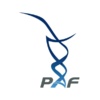
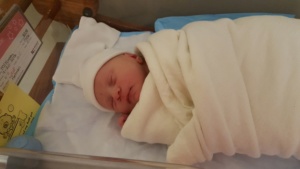
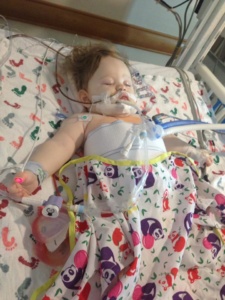 were very fortunate that our first call was “the call” that gave Annabelle her new liver. She went back for surgery around 10:30pm that night and they finished her surgery around 9am that next morning. After surgery Annabelle spent about one week in the PICU. After that week the transplant team moved herto the transplant recovery unit where she stayed until she was discharged. Around two weeks post-transplant Annabelle did encounter a small episode of rejection. Even though “rejection” sounds scary it is very common early on in transplant, and mild cases like Annabelle’s are generally treated with some high-powered IV steroids for a few days. Annabelle was discharged on August 30日 and only spent a total of 21 days in the hospital. The transplant/genetics teams in Pittsburgh told us to prepare for complications (as is common with Organic Acidemia patients), but overall Annabelle had very few complications from her transplant surgery for which we are thankful.
were very fortunate that our first call was “the call” that gave Annabelle her new liver. She went back for surgery around 10:30pm that night and they finished her surgery around 9am that next morning. After surgery Annabelle spent about one week in the PICU. After that week the transplant team moved herto the transplant recovery unit where she stayed until she was discharged. Around two weeks post-transplant Annabelle did encounter a small episode of rejection. Even though “rejection” sounds scary it is very common early on in transplant, and mild cases like Annabelle’s are generally treated with some high-powered IV steroids for a few days. Annabelle was discharged on August 30日 and only spent a total of 21 days in the hospital. The transplant/genetics teams in Pittsburgh told us to prepare for complications (as is common with Organic Acidemia patients), but overall Annabelle had very few complications from her transplant surgery for which we are thankful.